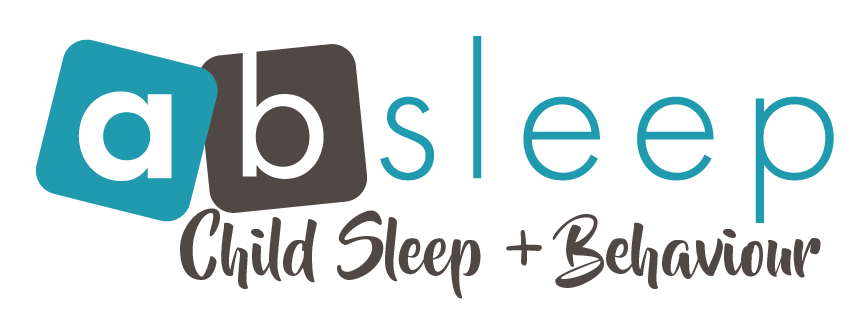Should You Follow Wake Windows or a Set Schedule for Your Baby?
Wake window recommendations are all over the internet. Set schedule recommendations are ALL up in my discovery calls with clients. So which do I think is the right way to go?
It’s a trick question! I actually recommend both—but it depends on your baby’s age.
If your baby is very young, you should know their sleepy cues: yawning; tugging on ears; zoning out from play; red eyelids or brows; turning their head from side to side… every baby is different, but most will show at least one of these signs when they’re ready for bed. Try to catch them early—if your baby is already crying, they might be past their ideal wake window. This can make it tougher for them to fall asleep once you do put them down.
By about 3 months, sleepy cues aren’t reliable, so switch to wake windows. There’s a range for each age group: it usually starts with the shortest window at the beginning of the day, with the end-of-day window being the longest.
Example: A 4-month old might be able to stay up for about 1.25 hours first thing in the morning, but this would increase to about 1.75 hours before their evening bedtime.
Note that there’s a big downside to wake windows: it’s easy to become too focused on them, and lose sight what we call “bio times” (meaning: there are certain times of the day when babies get more restorative sleep). When we ignore bio times and focus only on wake windows, it’s easy to put your baby down at the entirely wrong time of day (hint: those 9:00 or 10:00pm bedtimes aren’t what your baby needs anymore!).
There’s a range for bio times, and you’ll definitely want to download this free guide to get a better grasp. The gist for babies on a two-nap schedule: First nap should start between 8:30am and 10:00am, with 9:00am being average. Second nap should start between 12:30pm and 2:00pm, with 1:00pm being average. If your baby’s sleep is a mess, there’s a good chance their naps are taking place outside of these times.
Between 6 and 9 months (usually right around the time your baby transitions from 3 to 2 naps), you’ll probably notice they’re napping around the same time each day, even if you’ve been mostly following wake windows. This is a great time to move to a set schedule based on bio times. (It’s okay to force the schedule a bit if your baby’s sleep is still all over the place.)
If you’re thinking “but my friend’s baby naps at 11:00 and 3:00 and everything’s fine!” know that schedules outside of these recommended times CAN work for some, but not the majority. If it’s working for your friend, that’s great, but your baby might have different needs (most babies do).
Similarly, if you want to stay on wake windows forever and they’re WORKING, then go for it! My motto is ‘if it’s working, then keep it up.” If they’re not working, then you might notice that a set schedule is a game-changer at your house.
Regardless of what you’re using to determine schedule, don’t wait until your baby is cranky (or even appearing tired) to have them in bed. To avoid pushing them into an overtired state, start their nap time routine while they’re still in a good mood.
If you just read this and have no clue what I’m talking about, then check out the next blog post—or simply download the free guide for a full walk-through.

